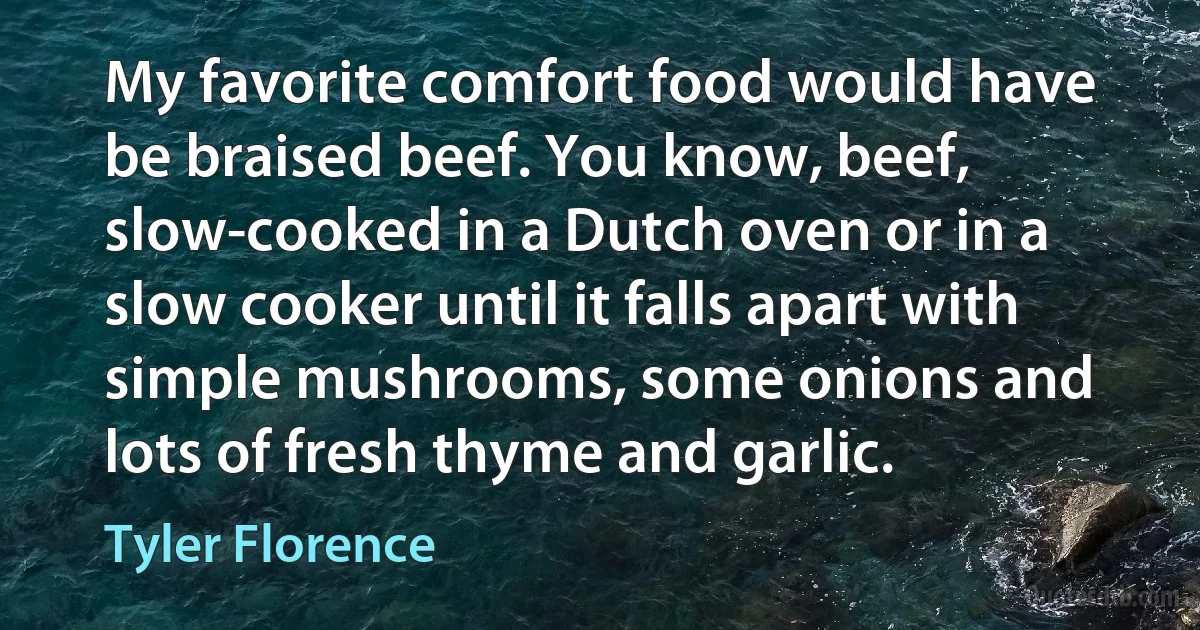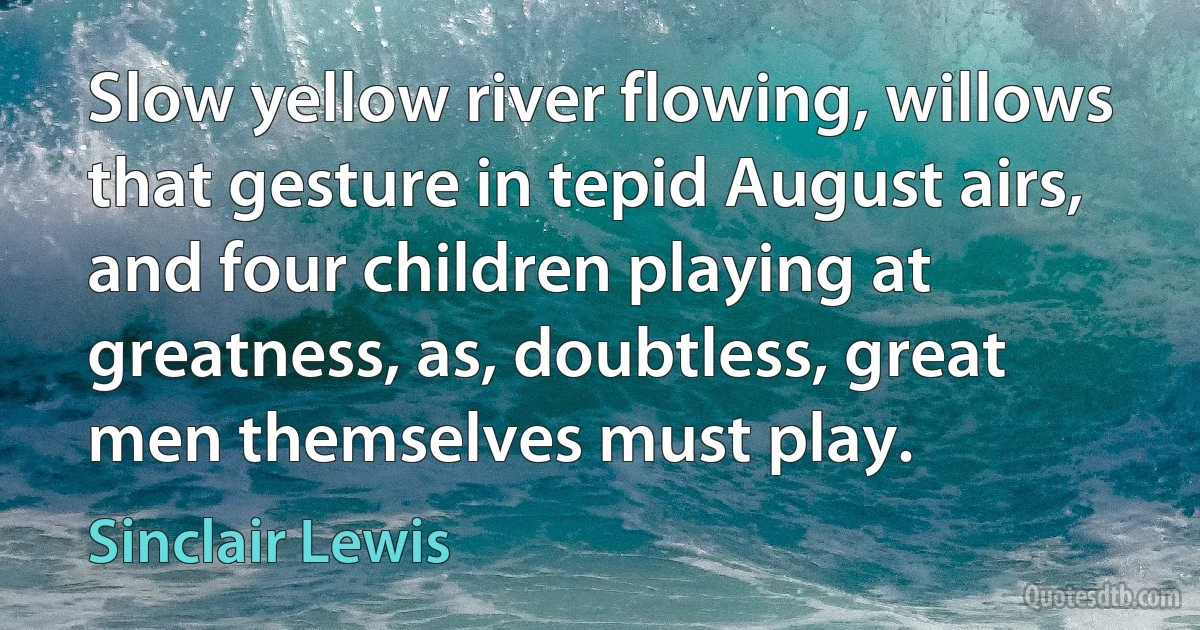Slow Quotes - page 11
Believing as I do that man in the distant future will be a far more perfect creature than he now is, it is an intolerable thought that he and all other sentient beings are doomed to complete annihilation after such long-continued slow progress. To those who fully admit the immortality of the human soul, the destruction of our world will not appear so dreadful.

Charles Darwin
We can be slow as well to give greatness its due, a mistake I made myself long ago when I voted against a federal holiday in memory of Dr. King. I was wrong. I was wrong. And eventually realized that, in time to give full support for a state holiday in Arizona. I'd remind you we can all be a little late sometimes in doing the right thing, and Dr. King understood this about his fellow Americans.

John McCain
Have not many of us, in the weary way of life, felt, in some hours, how far easier it were to die than to live?
The martyr, when faced even by a death of bodily anguish and horror, finds in the very terror of his doom a strong stimulant and tonic. There is a vivid excitement, a thrill and fervor, which may carry through any crisis of suffering that is the birth-hour of eternal glory and rest.
But to live, - to wear on, day after day, of mean, bitter, low, harassing servitude, every nerve dampened and depressed, every power of feeling gradually smothered, - this long and wasting heart-martyrdom, this slow, daily bleeding away of the inward life, drop by drop, hour after hour, - this is the true searching test of what there may be in man or woman.

Harriet Beecher Stowe
Ansara was sprinting up the tunnel, increasing the gap, but Moore was beginning to slow as he heard the thundering boots of men coming down the staircase behind them. He stopped, spun around, and dropped onto his belly as, lit by the flickering light from the tunnel entrance, a figure rushed forward, arm extended. For just a heartbeat Moore glimpsed his assailant's face: the cartel truck's driver.
Propped up on his elbows now, Moore fired once into the figure's chest, the round booting him sideways into the panels before he fell onto his back.
From behind him came two more men, the rest of the weapons-transfer crew, their Belgian-made cop-killer pistols flashing, the shots booming through the tunnel as one 5.7x28-millimeter round struck the pipe near Moore's elbow.

Tom Clancy
Why can stars do better than the big bang? ...During the big bang, there were only a few minutes when nuclei could form. Very rare processes, or slow ones, played little role. A case in point is the key process from which the sun derives its energy. In this reaction, two protons collide to produce a deuterium nucleus, a neutrino, and a positron. ...This reaction belongs to the family of weak interactions. ...It remains... a remarkable-and for humanity, remarkably fortunate-circumstance that the central reaction that drives the sun is so rare. It is only this extraordinary rarity that allows the average proton in the sun to last so long, billions of years, even though it is colliding with other protons millions of times a second. ...an entertaining example of Treiman's theorem.

Frank Wilczek
Once helium burning has occurred... the next possible reaction-carbon burning-is not necessarily slow... This reaction involves ...a strong as opposed to a weak interaction. ...Carbon burning results in magnesium. ...Taking a cross section of a highly evolved star would reveal a system of many layers. The inner layers have been subjected to the largest pressures, thereby forced to the highest temperatures, and burned the furthest; the outermost layers, by contrast, have not burned at all. Thus, as we proceed from outside in, there will be an outermost layer with the initial mix of hydrogen and helium, a layer of mostly helium, a layer of carbon, a layer of magnesium, and so on. ...So we arrive at the picture of a star, in the latest stages of its evolution... now composed of mostly carbon nuclei and other explosive material.

Frank Wilczek
The more the Dakota have to do with the white, the worse. The whites give him whiskey to get his furs and bimeby he don't want to trap so many furst but he want plenty more whiskey. The white traders take his girl, and all he get in swap is a disease. They take his land, and all he get is a leetle annuity so he don't do any work and starve slow. The Indian gets white man's gun an he is drunk and kill his own brother and they call him sinful. That's what he get from the white man-fine kettle, fine gun, fine blanket, the big pox, the small pox and religion.

Sinclair Lewis
He preached to himself, as Max Gottlieb had once preached to him, the loyalty of dissent, the faith of being very doubtful, the gospel of not bawling gospels, the wisdom of admitting the probable ignorance of one's self and of everybody else, and the energetic acceleration of a Movement for going very slow.

Sinclair Lewis
The irony is that Barack Obama would not even be president if it were not for the courage of persecuted dissidents such as Martin Luther King or Malcolm X, spied upon by their own government. But Obama understands where power lies. It does not lie with the citizen. It lies with Wall Street and our corporate boardrooms, which have carried out a slow motion coup d'état. And a system of mass surveillance is designed to keep these elites in these boardrooms powerful and the rest of us powerless.

Chris Hedges



